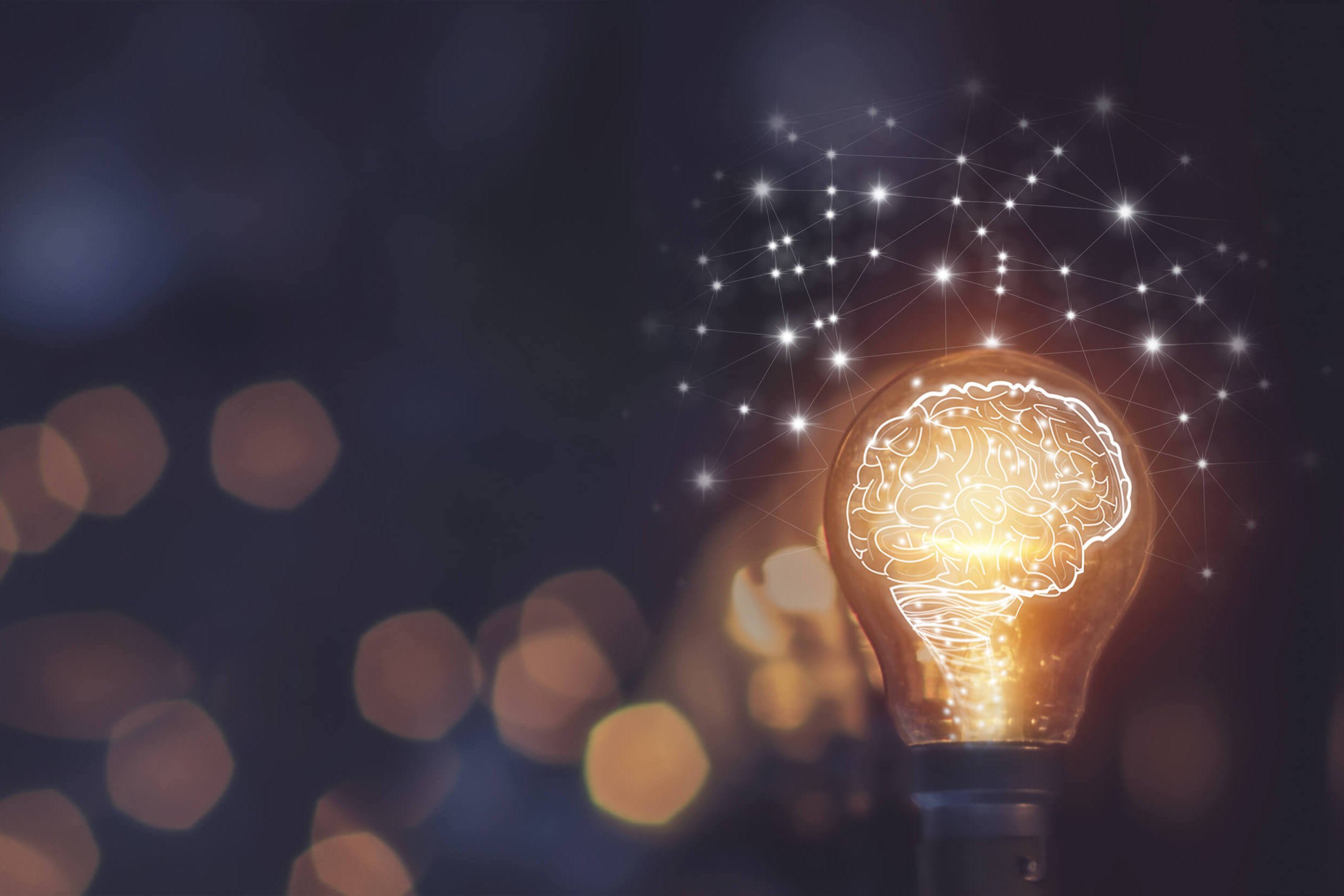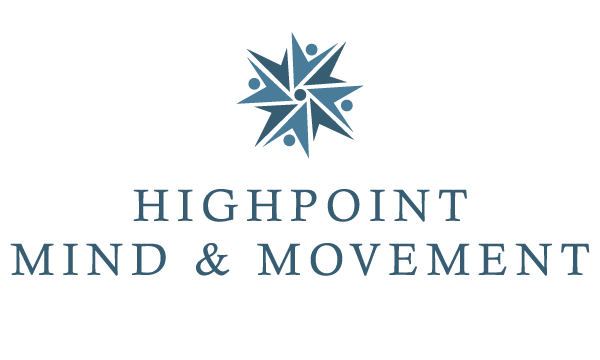
Whole Brain Integration
for Brain Injuries
Sustaining a brain injury is unpredictable, sudden, and can affect who we feel we are, the way we think, our behaviors, and our emotions. Facing these challenges is daunting. Fortunately, emerging evidence over the last two decades of brain research indicates that the brain has a greater capacity to heal than we previously knew. Nerve connections and pathways can be modified, rewired, and reorganized simply by stimulating and nourishing our brains through specific, therapeutic techniques.
This ability to shape and then reshape itself allows the human brain to continually develop from conception through adulthood into old age – as well as heal from injuries, stroke, illness, or disease such as Parkinson’s or Multiple Sclerosis.
In my practice, I’ve developed a program that utilizes four methods of movement and somatic therapies to help the brain in its healing process:
Brain Gym® to activate specific brain areas for better cognitive functioning and physical coordination.
Lymphatic stimulation to clear the brain of toxins and waste that may block nerve function. See my handout on Lymphatic Massage of the Head and Neck
Music to re-establish one’s natural body rhythm at the cellular level to optimize neural signals. See my blog article on Music, Rhythm & the Brain
Core Release Techniques to relax and re-direct your body’s energy toward healing and regeneration. See my blog article on one of the core muscles, The Psoas Muscle – A Key to Good Balance
Seated or standing, designed movements and somatic therapy for whole brain integration have proven to bring improvements to everyday life: reading, balance, mood, outlook on life, physical comfort, mental alertness, coordination, and getting up from a chair without assistance.
Three ways I can help.
-
Think Tall–Don't Fall
Each class is designed and taught by Christina and, as a series, this program is among the most popular offered by the Brain Injury Alliance of Arizona (BIAAZ). It is intended for survivors of all types of brain injury or brain trauma. Weekly classes are online and free for those who qualify.
-
Stand Tall–Don't Fall
Stand Tall–Don’t Fall Level One is ideal for brain injury rehabilitation, as well as those managing a stroke, Parkinson’s, Multiple Sclerosis, or dementia. Weekly classes are held online via Zoom.
$9 / class -
Private Sessions
Dramatic change can take place by utilizing simple movements that activate your neural pathways. Let’s tailor a plan specific to your needs and achieve positive changes mentally and physically.
Discover a New Way
Find out how simple movements can promote healing and allow you to live your life with vitality, clarity, and endless possibilities. Schedule a complimentary 20-minute consultation to learn more about movement-based somatic therapy and how it can be of benefit to you.
Underlying the techniques I use is the fundamental concept of the Three Dimensions of Movement and Learning.
The body and brain function neurologically in three ways that are intimately connected and which underlie our thinking, communicating, emotions, and our ability to participate and interact with people and events.
Communication pathways between the left and right hemispheres of the brain allow the fluid exchange of neural information across the central midline of the body (left and right). This is needed for speaking, listening, reading, writing, and the ability to think and move simultaneously.
A balanced flow of energy toward and through our gravitational center allows energy to move easily between the brain and body. This releases tension and stress and thus supports physical, mental, and emotional stability.
The coordinated exchange of neural information between the front and back regions of the brain allows us to attend to a specific task or thought, to experience increased mental, emotional, and sensory awareness, and to participate more fully in life.
As we stimulate and reconnect these three dimensions of neurological function, we are able to heal both physical and emotional trauma. Through my approach to Whole Brain Integration, I have observed changes such as the following in both stroke and brain injured clients and class participants.
Physical improvements
The ability to grasp and then release an object
The ability to walk in a straight line without lurching side to side for balance
The ability to walk independently without a walker or holding on to furniture and walls
Improved sensory awareness and peripheral vision – no longer “falling into walls,” or bumping into things while navigating around furniture
Emotional Improvements
Improved self-concept and self-confidence allowing re-engagement with life activities
Increased calmness and “settled energy” through releasing fear and anxiety
Return of optimism and hope
Cognitive Improvements
Improved focus and concentration
More coherent communication
Clear thinking vs. being a “jumbled mess in my head.”
Being able to recall words and phrases

